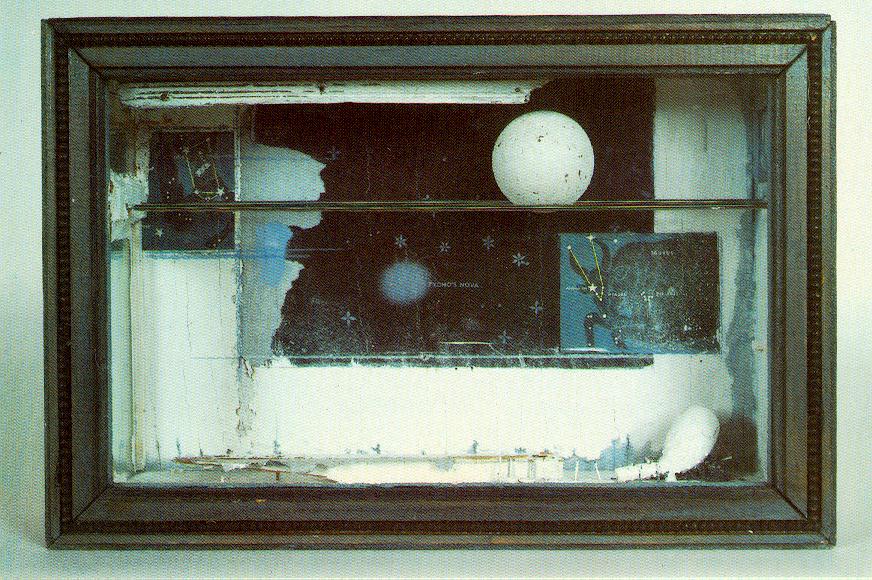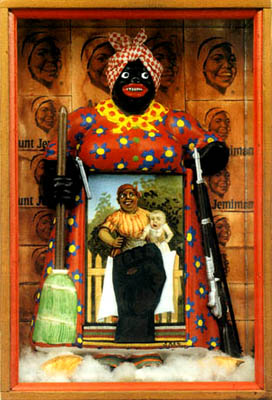The Heian-Kyo period is considered Japan's Golden Age because it produced so many great works of art including many diaries like Sei Shonogan's
Pillow Book.
Use your notes from the activity and chapter 21 to create your own pillow book about life in Heian-Kyo Japan. Follow the directions on the handout and the blue sample pages on the white board.
You should focus each paragraph of your pillow book/diary on one section of your notes. Be sure to include at much historical information in your diary as you can. Even the pictures should be historical.
You may include captions for each picture as part of your 500-700 words.
Remember 500-700 words is between three and five pages for most people, including pictures.
You may make your diary tell a longer story.
Here are some pictures you can use to inspire your diary. You may base your illustrations on these pictures.
Shrine of Emperor Kammu. Your dairy might describe a trip to one of Heian-Kyo's many shrines. You might describe what the priests look like the way Sei Shonagon's did in The Pillow Book
Fujiwara Michinaga. Remember your meeting with Fujiwara Michinaga? You can include it in your diary.
A fan from the Heian-kyo period. This could be the fan you found. You can mention it in your diary.
A lady in Heian-kyo period makeup. If you're writing about a woman in your diary, you can describe putting on all of this make-up.
Heain-kyo era painting of a scene from TheTale of Genji. You might be reading Lady Murasaki's book. Write your reacting to the latest chapter in your diary.
Sei Shonagon the author of The Pillow Book. Maybe she mentioned you in it. Maybe you have read some. You can include something from one of the lists she wrote.




















